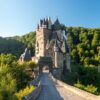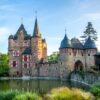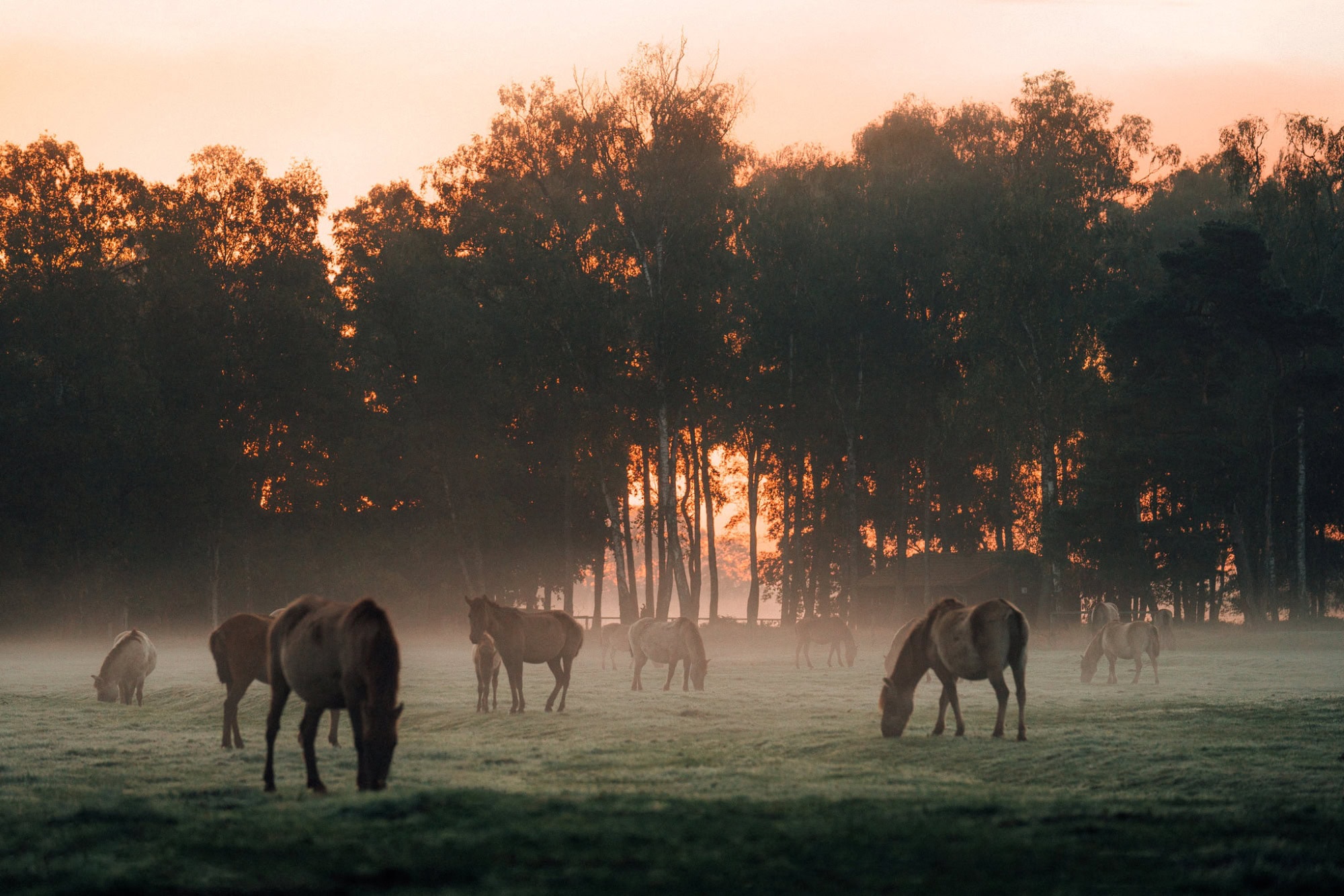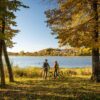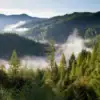Walk on the wild side! And even if North Rhine-Westphalia sometimes seems rather built-up to us, there are still numerous landscapes and places in the west of Germany where wild animals can be observed. Here are five of them.
Flamingos in the Zwillbrocker Venn
Well, what are they doing here? In fact, pink flamingos have been breeding in the Zwillbrocker Venn nature and bird sanctuary, in the middle of the tranquil Münsterland region, since the 1980s. And there are quite a few of them: in 2025, almost 100 of these colorful animals were counted. This makes the Zwillbrocker Venn the northernmost breeding ground for flamingos in the world!
No wonder the flamingos attract numerous visitors. Most of them come by bike. The 450-kilometer-long “Flamingo Route” long-distance cycle path leads right past the flamingos. Don’t forget your camera! But also don’t forget to behave appropriately for a nature reserve. The birds can usually be seen from March to July or, if breeding is successful, sometimes as late as September. In winter, they fly to southern Holland. Is the weather really better there?
👉 More about Zwillbrocker Venn at NRW Tourism
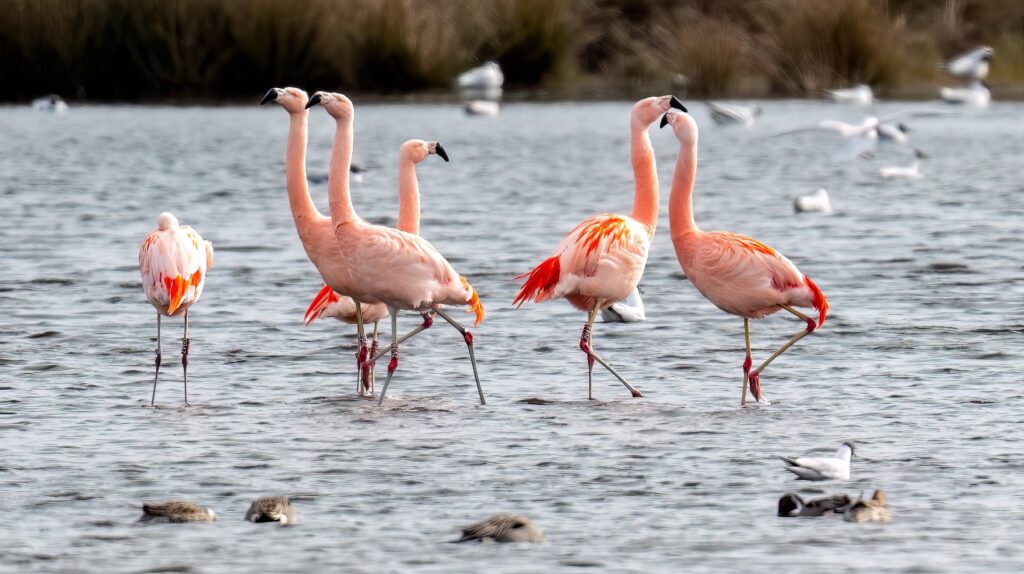
The Wilderness of the Neuer Hagen High Moor
NRW is not just a concrete jungle! Anyone who claims that has never been to the Sauerland. One of the most beautiful and wildest spots in the region is the Neuer Hagen high moor near Winterberg. Here, the otherwise dense forest of the low mountain range thins out, revealing a vast heathland landscape with countless birch trees, mosses, and ferns. These in turn provide a habitat for dozens of small mammals, as well as rare bird species such as the great grey shrike and the woodlark.
The heath is particularly colorful in late summer when it blooms in shades of purple and violet. But the high heath is also a great destination for a hiking trip throughout the rest of the year.
👉 More about the Neuer Hagen high heath at NRW Tourism
The Dülmen Wild Horses
Back to Münsterland (but it’s so beautiful there!): west of Dülmen, Germany’s last herd of wild horses grazes year-round. Around 400 freedom-loving wild horses roam completely undisturbed through the Merfelder Bruch, creating a real Wild West feeling simply by their presence.
Once a year, however, humans intervene: on the last Saturday in May, the one-year-old stallions must be separated from the herd. Otherwise, it gets too wild even for the Dülmen wild horses.
👉 More about the Dülmen wild horses at NRW Tourism
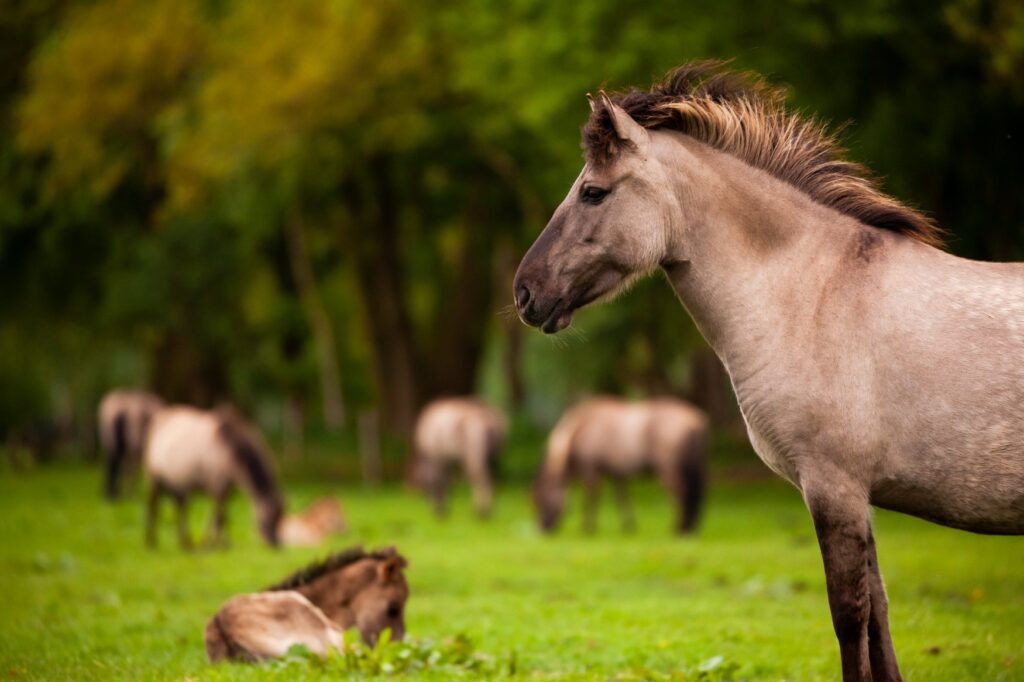
Wild Geese near Xanten
With beautiful regularity, a not-so-small flock of majestic wild geese from Siberia and Northern Europe spends the winter on the Bislicher Islands near Xanten. Thousands of these chattering birds use the protected floodplain landscape on the Lower Rhine as a welcome retreat. And with the necessary distance and respect, the wild animals are happy to be observed there. Even if it’s just to imagine flying with the wild geese. Ah!
👉 More about wild geese at NRW Tourism
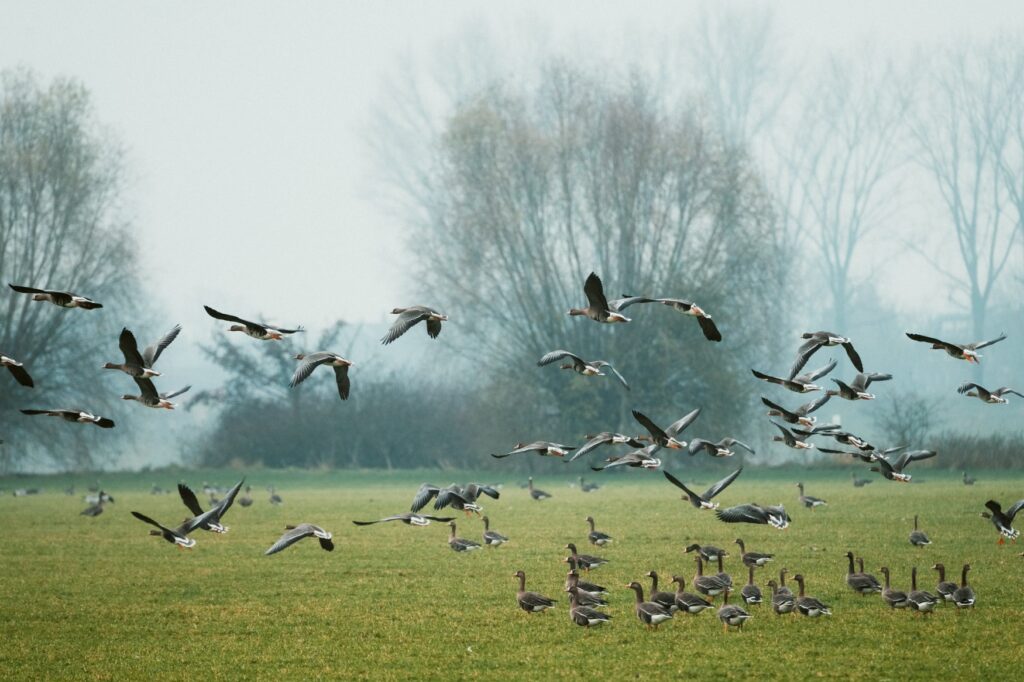
Far away in the Eifel National Park
There are few places in North Rhine-Westphalia where you are as far away from other people as in the Eifel National Park. If you want to go all out (or just need a break from other people), set off on the 85-kilometer wilderness trail across the nature park.
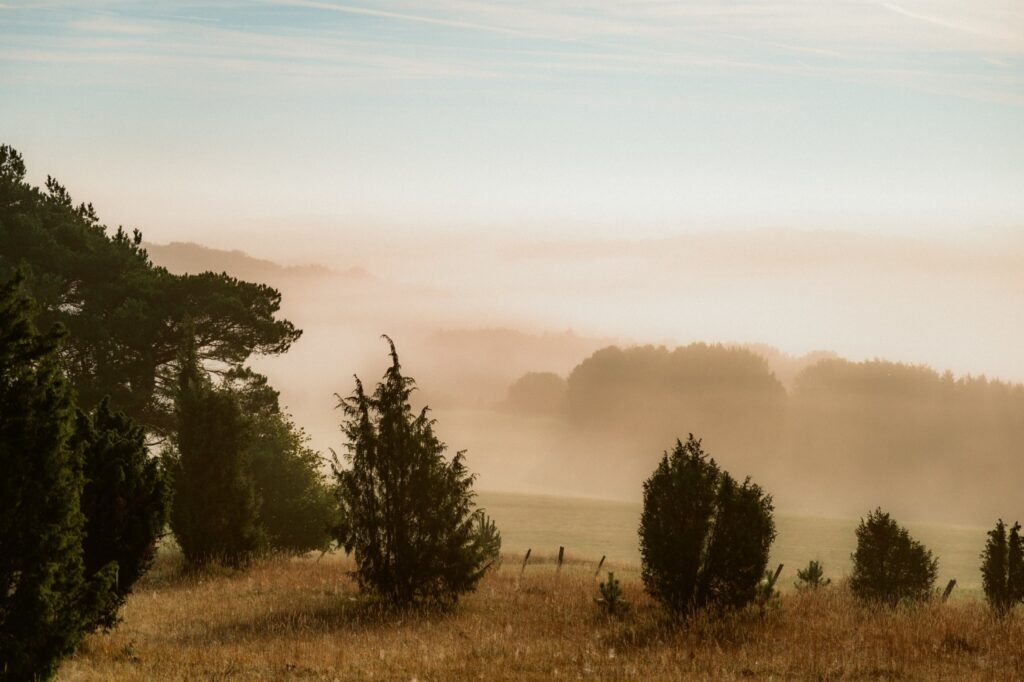
The four daily stages lead through the park’s different natural areas, sometimes through dense beech forests, sometimes through wild stream valleys, and sometimes across expansive plateaus. The main thing is that there are no other people, but plenty of wildlife, from marsh shrews to red deer.
